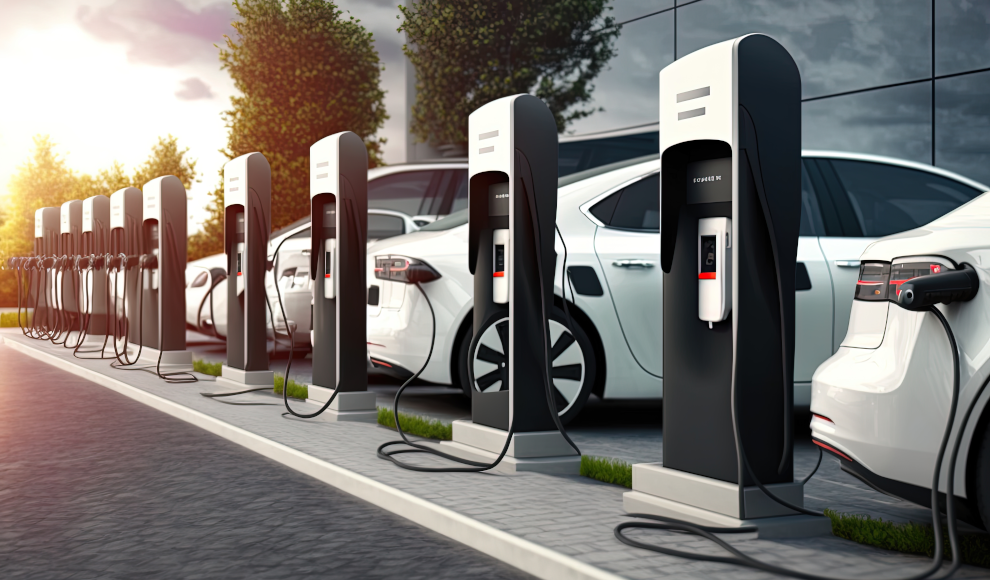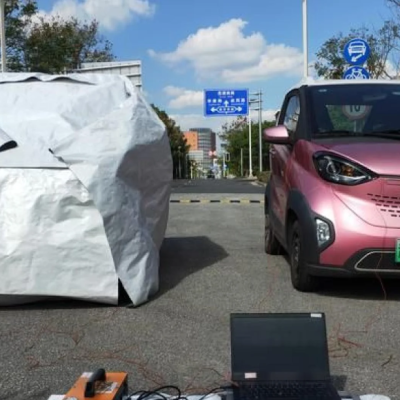The increasing number of electric cars is putting a strain on power grids worldwide. To prevent blackouts, a study has been conducted to determine the measures that can be taken. The Swiss government has recently announced that it may ban electric cars during power shortages. In response, scientists at the Massachusetts Institute of Technology (MIT) have investigated how to prevent power grid overload. They found that depending on the charging patterns of an electrified transport system, the power grid can reach generation and distribution limits at certain times, which could lead to transformer failures, power shortages, or dependence on expensive peak power plants to maintain supply.
Apart from the higher overall power demand due to the expansion of electromobility, the energy transition is also problematic. The production of renewable energy from solar and wind power is subject to greater fluctuations, which further burdens the power grid. In addition, energy storage technologies are not yet sufficient to store excess energy during times of high production. The researchers first calculated the energy demand of electric cars using a model calculation. They used anonymized data from New York and Dallas that included the times of car trips on weekdays. The scientists found that most electric cars are charged at home after the driver’s work. During the same period, the power demand also increases significantly due to other electrical devices such as televisions and air conditioners. The existing peak in power consumption in the early evening is thus increased by electric cars.
The researchers then simulated different scenarios, according to which it would be best to charge electric cars during the day while at work. This could mitigate the peak of power production through photovoltaics and would ensure that significantly less power needs to be charged at home. In addition, shifting charging times to the night could reduce the peak in the early evening. The scientists also calculated that slow charging (Level 1 with 1.8 kilowatts) at the workplace is sufficient. “Charging at Level 1 at the workplace has the practical advantage that it is cheaper to install and may allow workplaces to set up more stations faster, so that drivers do not have to move their vehicles for others to charge,” said one of the researchers.










